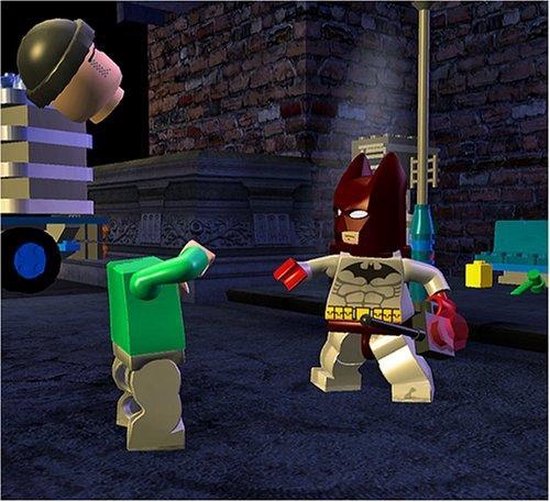- Joined
- Jan 17, 2010
- Messages
- 9,245
- Reaction score
- 11,758
It’s more than drugs and border crossings. As criminals take control of territory south of the border, the U.S. could lose its top trading partner and potentially strongest ally.

CHILPANCINGO, Mexico — The future of Mexico and its relationship with the giant neighbor to the north is going to be decided in places like the busy streets of this town of 283,000. Not in Mexico’s elections this Sunday, posters for which hang in the central square. Or on the U.S. campaign trail and its shallow debates over the migration crisis at the southern border and “the wall.”
Chilpancingo inhabits a uniquely Mexican liminal space. In the present, it’s the capital of the criminal-ridden Guerrero. A lot of Mexico is on track to become more like it. But there’s an alternate path for the future: one where the government in Mexico City establishes control over this and other lawless regions and takes the country confidently into the first world. Those are the stakes in Mexico — for Mexicans and the U.S.

The present is the problem. A few months ago, the streets here were largely empty. A fight between two criminal groups — the Tlacos and the Ardillos — over control of local transport had left at least eight drivers of public vans and taxis dead. Gunmen repeatedly shot one driver, left his body in his car and set it on fire along a main highway. Two minivans were burned in April. At the peak of violence, drivers refused to work for two weeks. Schools shut.
Local government and police were useless. A local priest, José Filiberto Velazquez, reached out to gang leaders and with his bishop negotiated a truce by WhatsApp. Each of the criminal groups got its own “jurisdiction” to “operate” areas to sell drugs, control public transport and extort small businesses, according to security consultants, church officials and other locals. The city’s 700 or so taxi drivers now pay 1500 pesos a month, or around $90, in protection money, they add. Restaurant and bar owners pay 3,500 pesos in so-called derecho de piso.

The arrangement holds, for now. Minivans, called combis, line up near the Cathedral to pick up their passengers. But the peace is fragile. The moment the gangs — offshoots of Mexico’s large organized-crime networks that grew off the drugs trade — start to disagree “you immediately feel it,” says Lenin Ocampo, a crime reporter for the local newspaper El Sur, “and people stay home and restaurants close.”
The taxi war in Chilpancingo is a familiar story of violence in Mexico. But there are new wrinkles that speak to a growing and overlooked challenge here. Mexico’s criminal groups aren’t primarily trafficking drugs anymore. That’s maybe half their business these days. They’ve moved into extortion, transport, avocado farming, mining, logging, people smuggling and much else. Falling prices for certain drugs, such as Guerrero’s staple crop of poppy, was in part what made them look for cash elsewhere. Some activities are both lucrative and less dangerous than narco-trafficking — such as getting migrants up and across the U.S. border, using the same routes as they do for drugs.
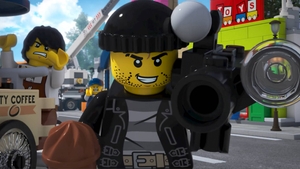
This diversification of the narco-trafficker business model is changing Mexico in another way. The cartels are now engaged in activities that make control over territory and local authorities a business imperative. Politicians and policemen are reluctant to stand up to them or are in their pockets. That helps explain why the Catholic Church stepped in to end the violence here.
And Chilpancingo is the seat of the regional government, on the surface at least with the evident trappings of state authority. In the more remote hills around here and down to the Pacific coast around Acapulco, there are places run fully by the cartels. In nine municipalities they pick the mayor and police chiefs, according to a local security consultant who, out of fear for his safety, insisted we not use his name. Resistance is dangerous. Two years ago, in San Miguel Totolapan, the mayor and 20 other people were gunned down at his house and the town hall after defying a local cartel.

“The gangs love territorial control,” says Eduardo Guerrero, a former senior government security official who runs a consulting business. “You can do many kinds of business once you control territory. They seek political support. They intervene in elections aggressively. At the local level, we are losing sovereignty.”

By some counts, in nine of 32 regions Mexico’s government has ceded control over governing institutions and land. Others say a fifth to a third of territory is “ungoverned spaces,” as a U.S. general noted a couple years ago. Some prefer to list the states that are stable and safe: Mexico City, Yucatan, Guanajuato, a few more. In reality, though, criminal networks are everywhere — complex business structures like Berkshire Hathaway with criminality thrown in. “Where is there no air?” asks a diplomat in Mexico City.
The Mexican government is defensive about it. The popular and outgoing president, Andrés Manuel López Obrador, regularly pushes back against claims by the U.S. government and media that narco-traffickers are making deep inroads in the country. America, naturally, is an ideal political piñata for the populist leader, but many Mexicans also often tell you who’s really at fault: America is by far the world’s largest drug market and greedy consumer for the cartels. In the U.S., particularly but not only on the Republican side, Mexico gets caricatured in dismissive and derisive ways as a narco-state that must be cordoned off.


CHILPANCINGO, Mexico — The future of Mexico and its relationship with the giant neighbor to the north is going to be decided in places like the busy streets of this town of 283,000. Not in Mexico’s elections this Sunday, posters for which hang in the central square. Or on the U.S. campaign trail and its shallow debates over the migration crisis at the southern border and “the wall.”
Chilpancingo inhabits a uniquely Mexican liminal space. In the present, it’s the capital of the criminal-ridden Guerrero. A lot of Mexico is on track to become more like it. But there’s an alternate path for the future: one where the government in Mexico City establishes control over this and other lawless regions and takes the country confidently into the first world. Those are the stakes in Mexico — for Mexicans and the U.S.

The present is the problem. A few months ago, the streets here were largely empty. A fight between two criminal groups — the Tlacos and the Ardillos — over control of local transport had left at least eight drivers of public vans and taxis dead. Gunmen repeatedly shot one driver, left his body in his car and set it on fire along a main highway. Two minivans were burned in April. At the peak of violence, drivers refused to work for two weeks. Schools shut.
Local government and police were useless. A local priest, José Filiberto Velazquez, reached out to gang leaders and with his bishop negotiated a truce by WhatsApp. Each of the criminal groups got its own “jurisdiction” to “operate” areas to sell drugs, control public transport and extort small businesses, according to security consultants, church officials and other locals. The city’s 700 or so taxi drivers now pay 1500 pesos a month, or around $90, in protection money, they add. Restaurant and bar owners pay 3,500 pesos in so-called derecho de piso.

The arrangement holds, for now. Minivans, called combis, line up near the Cathedral to pick up their passengers. But the peace is fragile. The moment the gangs — offshoots of Mexico’s large organized-crime networks that grew off the drugs trade — start to disagree “you immediately feel it,” says Lenin Ocampo, a crime reporter for the local newspaper El Sur, “and people stay home and restaurants close.”
The taxi war in Chilpancingo is a familiar story of violence in Mexico. But there are new wrinkles that speak to a growing and overlooked challenge here. Mexico’s criminal groups aren’t primarily trafficking drugs anymore. That’s maybe half their business these days. They’ve moved into extortion, transport, avocado farming, mining, logging, people smuggling and much else. Falling prices for certain drugs, such as Guerrero’s staple crop of poppy, was in part what made them look for cash elsewhere. Some activities are both lucrative and less dangerous than narco-trafficking — such as getting migrants up and across the U.S. border, using the same routes as they do for drugs.

This diversification of the narco-trafficker business model is changing Mexico in another way. The cartels are now engaged in activities that make control over territory and local authorities a business imperative. Politicians and policemen are reluctant to stand up to them or are in their pockets. That helps explain why the Catholic Church stepped in to end the violence here.
And Chilpancingo is the seat of the regional government, on the surface at least with the evident trappings of state authority. In the more remote hills around here and down to the Pacific coast around Acapulco, there are places run fully by the cartels. In nine municipalities they pick the mayor and police chiefs, according to a local security consultant who, out of fear for his safety, insisted we not use his name. Resistance is dangerous. Two years ago, in San Miguel Totolapan, the mayor and 20 other people were gunned down at his house and the town hall after defying a local cartel.

“The gangs love territorial control,” says Eduardo Guerrero, a former senior government security official who runs a consulting business. “You can do many kinds of business once you control territory. They seek political support. They intervene in elections aggressively. At the local level, we are losing sovereignty.”
By some counts, in nine of 32 regions Mexico’s government has ceded control over governing institutions and land. Others say a fifth to a third of territory is “ungoverned spaces,” as a U.S. general noted a couple years ago. Some prefer to list the states that are stable and safe: Mexico City, Yucatan, Guanajuato, a few more. In reality, though, criminal networks are everywhere — complex business structures like Berkshire Hathaway with criminality thrown in. “Where is there no air?” asks a diplomat in Mexico City.
The Mexican government is defensive about it. The popular and outgoing president, Andrés Manuel López Obrador, regularly pushes back against claims by the U.S. government and media that narco-traffickers are making deep inroads in the country. America, naturally, is an ideal political piñata for the populist leader, but many Mexicans also often tell you who’s really at fault: America is by far the world’s largest drug market and greedy consumer for the cartels. In the U.S., particularly but not only on the Republican side, Mexico gets caricatured in dismissive and derisive ways as a narco-state that must be cordoned off.


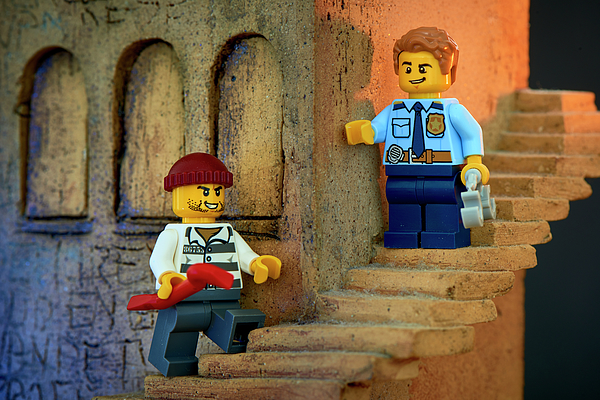





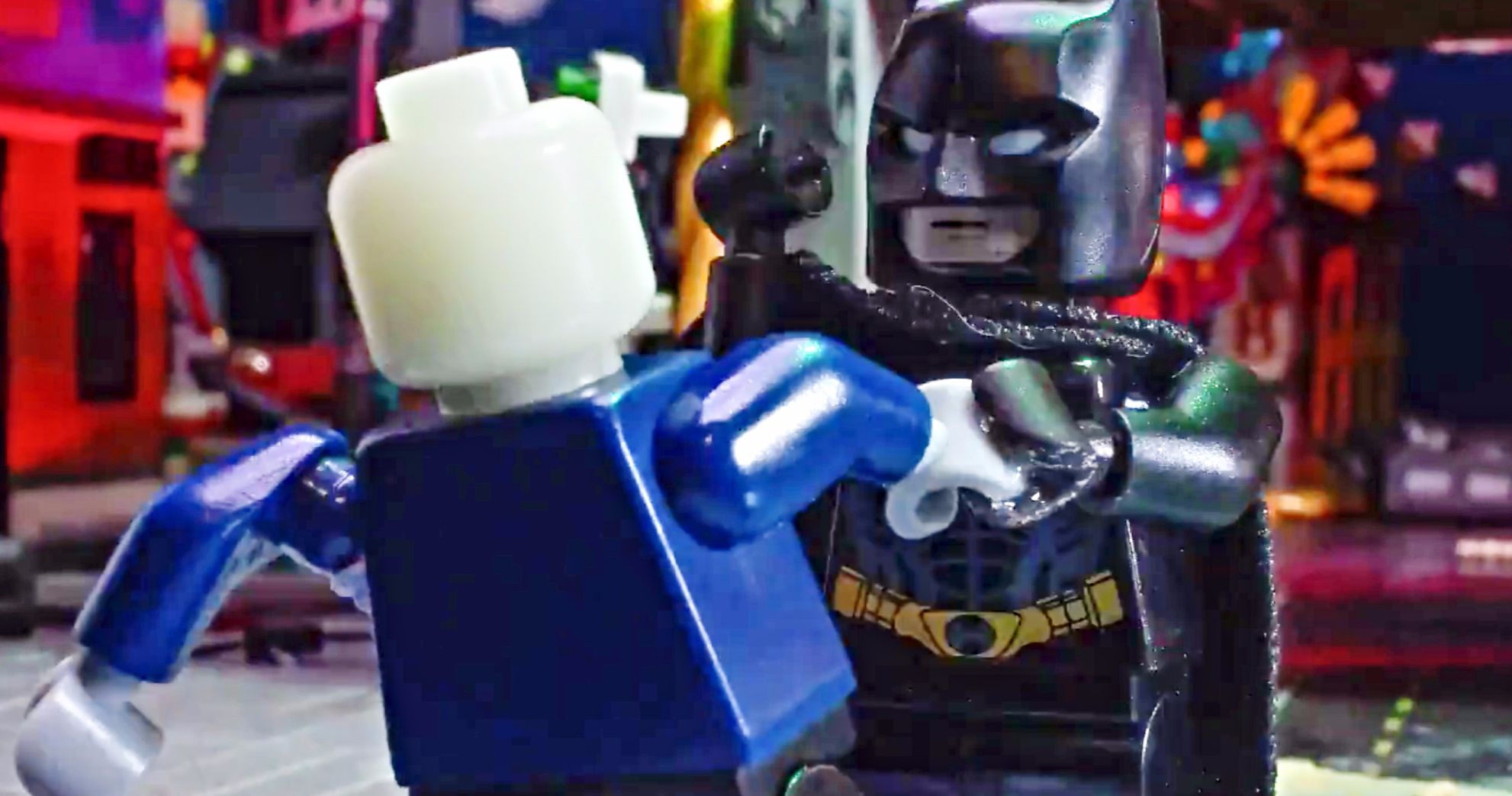


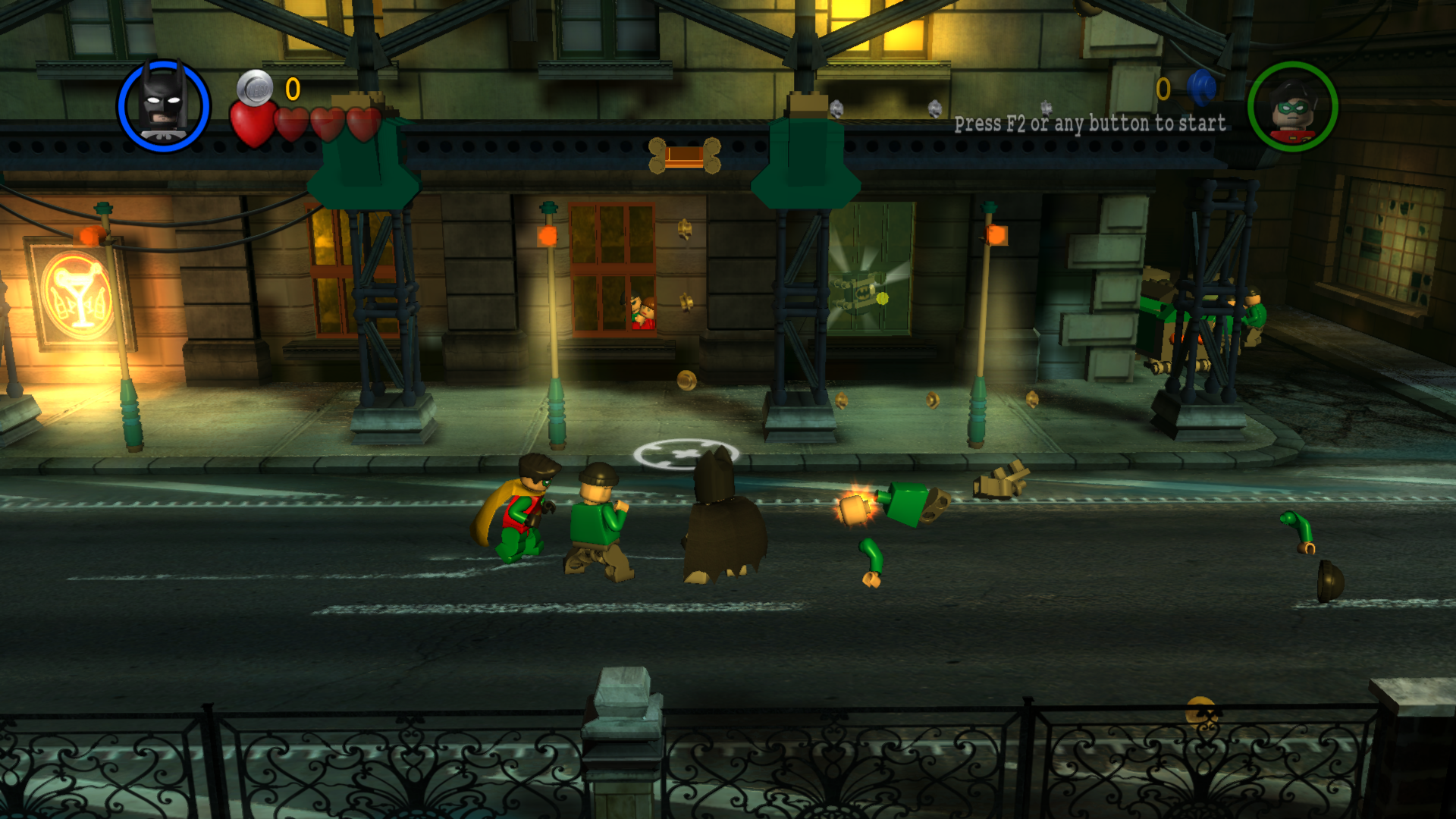
_(En,Fr,De,Es,It,Da)-2.jpg)



